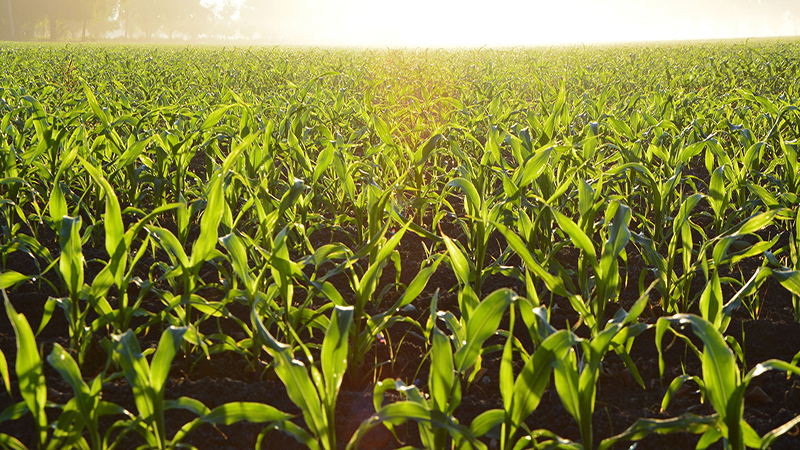How Important is Seed Selection in Managing Tar Spot?
Tar spot continues to be a growing concern to corn acres across the Midwest. Research has found that tar spot can overwinter on infested corn residue, increasing crop infection risks and leading to questions on managing the newer corn disease.
Several foliar fungicides are labeled for controlling tar spot in corn. While research is limited and still developing, fungicides can reduce tar spot symptoms and help protect yield. Two applications in a season may be needed due to the rapid reinfection cycle, particularly in irrigated corn.
The varying success of fungicides is why hybrids selection is important.
“Fungicide won’t save a susceptible hybrid from tar spot,” said Matt Vandehaar, Pioneer Field Agronomist. “You can’t fungicide your way out of tar spot.”
Growers should prioritize hybrids with genetic tar spot tolerance, as it appears to have a greater impact on symptoms and retaining yield than either cultural or chemical management practices.
It is important to work with a seed representative and agronomist to examine local trials and select hybrids with tar spot tolerance.
Managing residue may also decrease the risk of tar spot. Tilling fields buries infected residue and increases the rate of decomposition, which may help reduce the amount of tar spot overwintering. But tillage will not reduce the risk of infection from locally dispersed inoculum.
If tar spot remains an issue in 2024, rotating crops may be the best course of action. Rotation can allow residue to decompose and reduce the primary inoculum.





